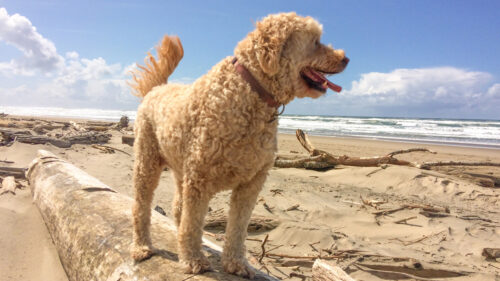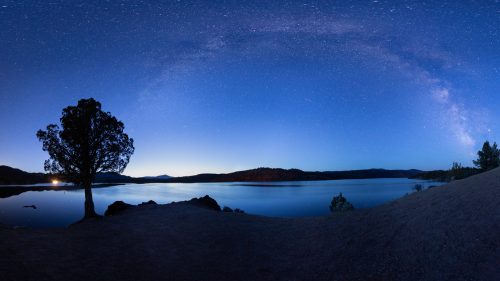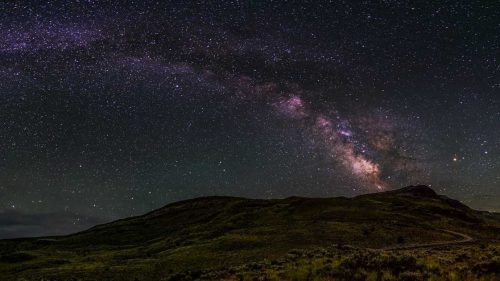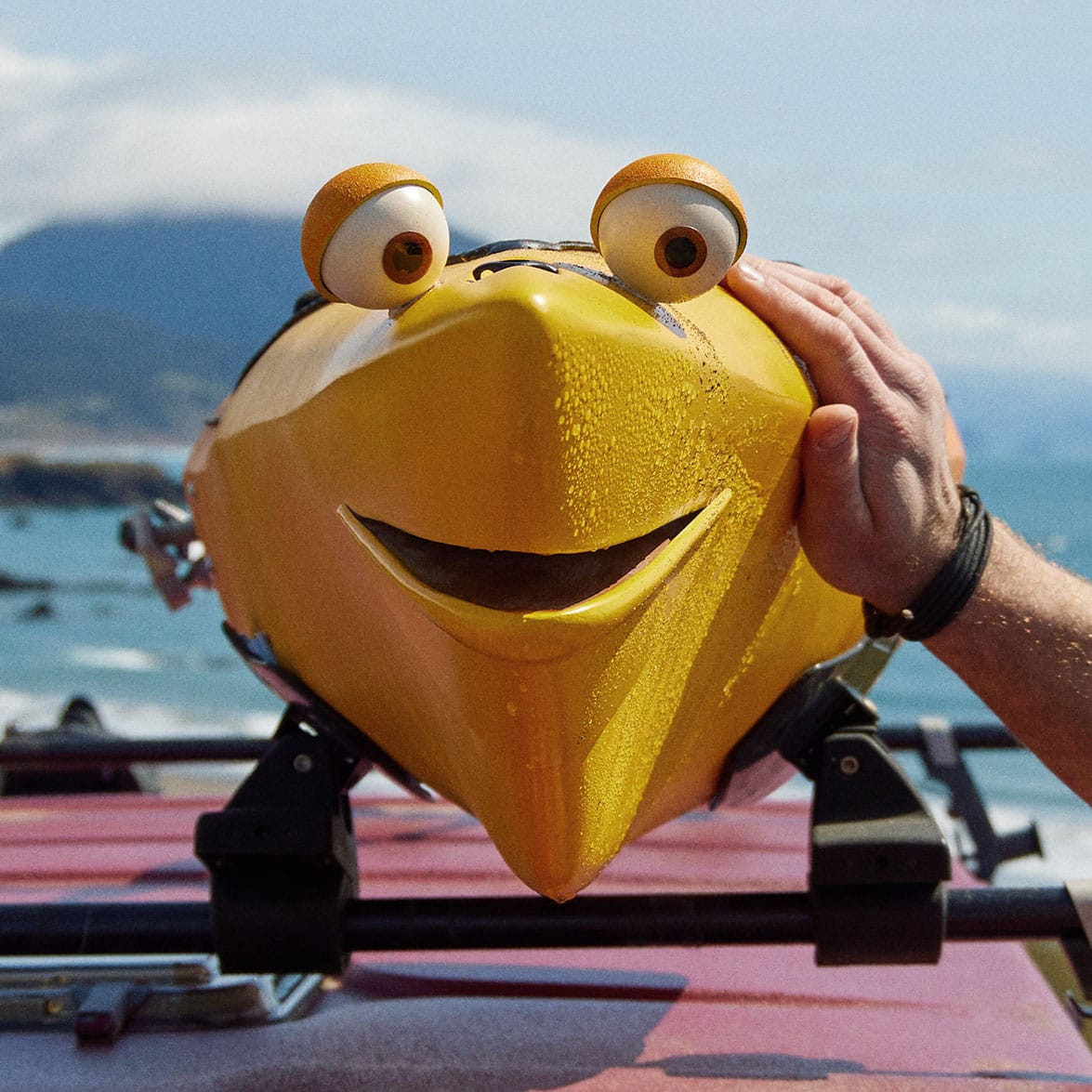A century ago in 1922, an Oregon Trail emigrant and her son donated 5.5 acres of forested parkland just south of Monmouth to the Oregon State Highway Commission. The land itself encompassed just 5.5 acres, much of it covered with bigleaf maple and Douglas fir trees at a bend in the Luckiamute River — but it represented a sea change in how Oregonian settlers, newly empowered by their Model T cars, saw the outdoors. No longer was the outdoors inaccessible and untouchable; now visitors could head right into Oregon’s forests, deserts and mountain ranges on their own.
The 5.5-acre parcel would become Sarah Helmick State Recreation Site, named for the woman who donated the land with her son, James. It was established as the first state park in Oregon 100 years ago, heralding the beginning of an Oregon State Park system that welcomes more than 50 million daytime visitors and roughly 3 million campers annually to 254 natural sites across the Beaver State.
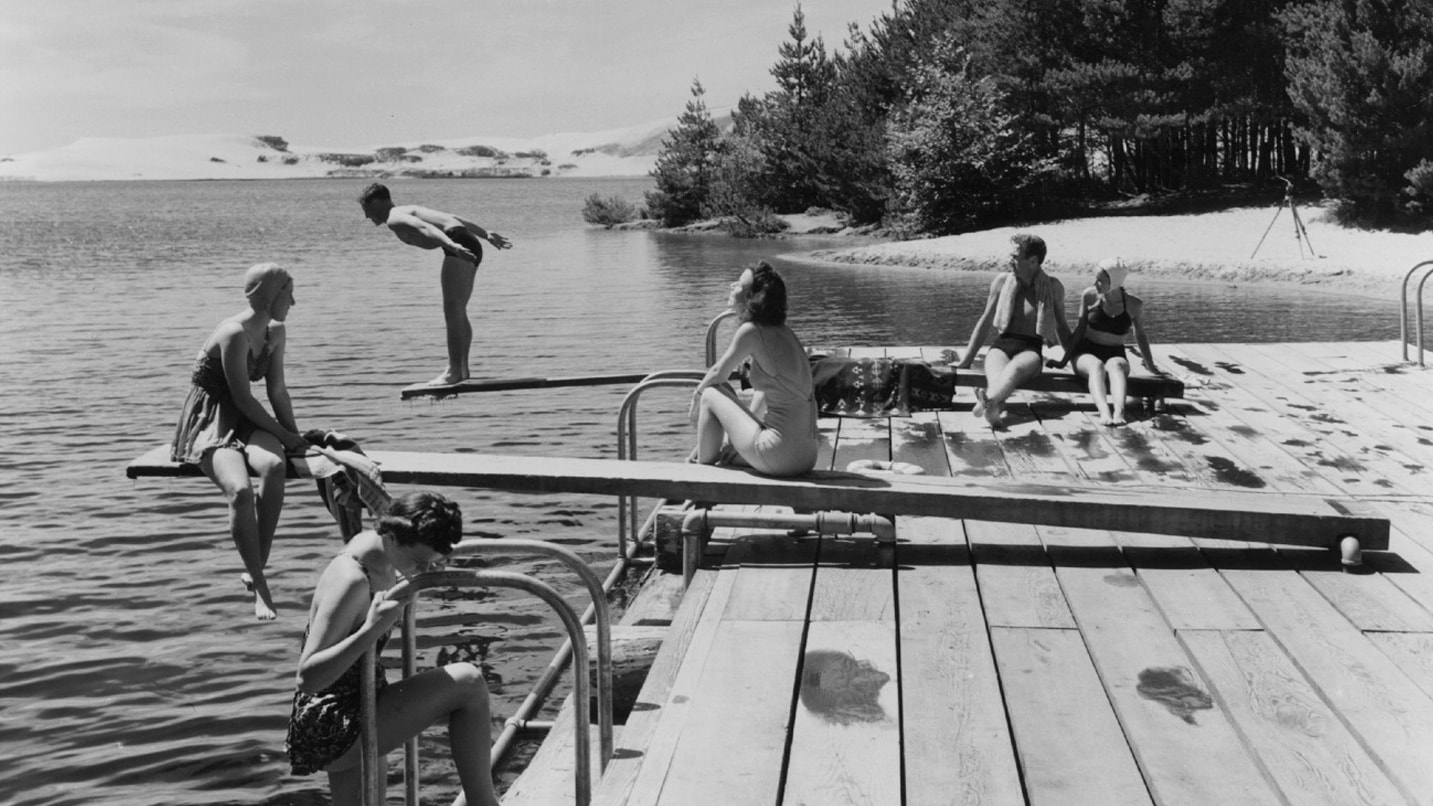
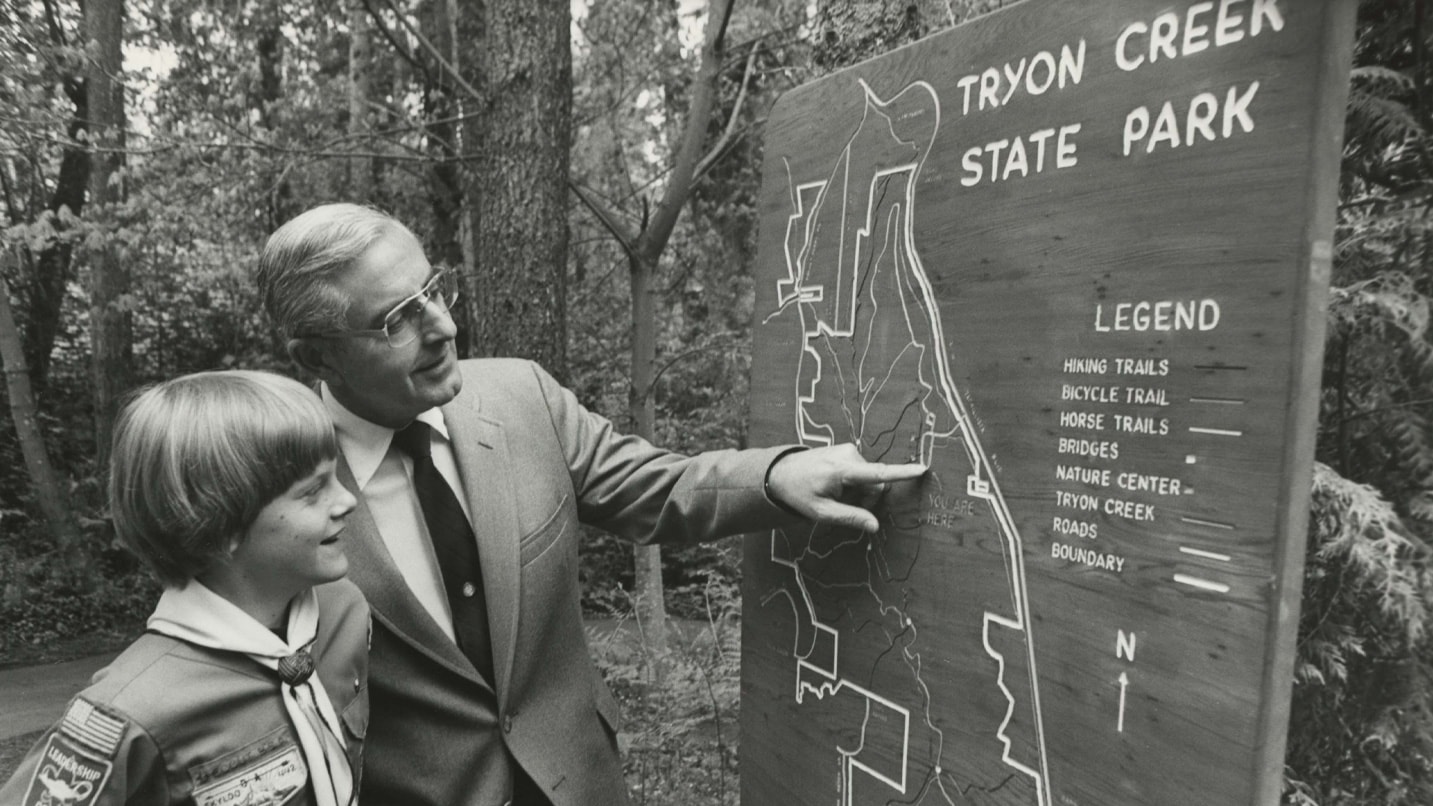
With Oregon State Parks celebrating its centennial in 2022, we wanted to round up the many ways the Oregon Parks and Recreation Department (of which Oregon State Parks is a part) has connected visitors with the outdoors over the past 100 years — and how they continue doing so today. Here are just a few of the many reasons we love Oregon State Parks.
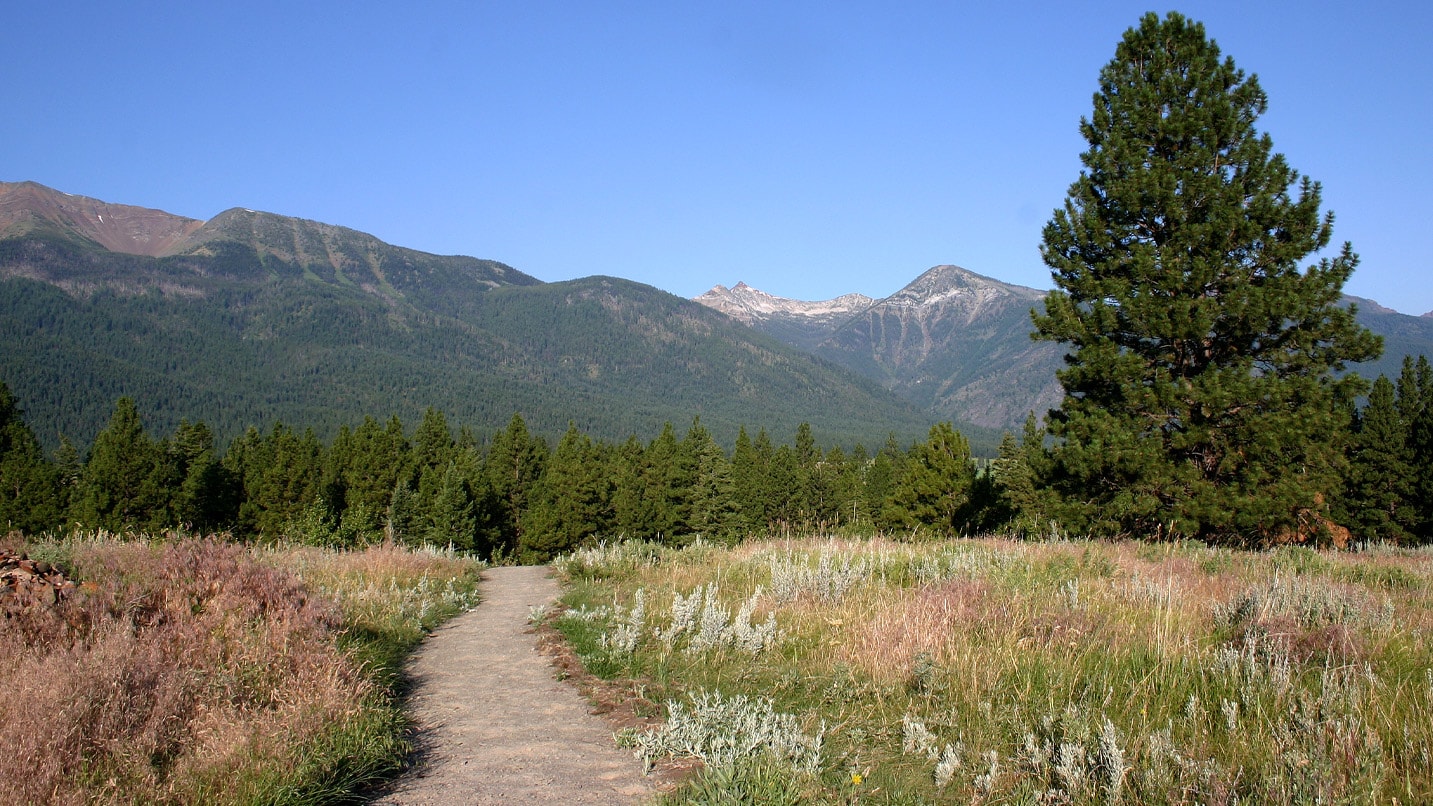
Events Welcome Visitors and Volunteers All Year Long
For Oregon State Parks, it’s not enough to welcome visitors and create connections with Oregon’s beauty all over the state. (Seriously: Views of the snowcapped Wallowa Mountains don’t get much better than from along the quiet trails at Iwetemlaykin State Heritage Site just south of Joseph.) But the organization also hosts events throughout the year that are designed to fortify and deepen those connections as well.
Its First Day of the Year hikes, for instance, are a beloved tradition. Every January 1, rangers and volunteers help kick off the new year with interpretive nature walks around some of the state’s most treasured parks. Past outings have included a wide range of experiences — such as a history-laden trek at Jessie M. Honeyman Memorial State Park near Florence, hikes along the Willamette River at Champoeg State Heritage Area, a snowshoe trek at Emigrant Springs State Heritage Area in the Blue Mountains and even rounds of disc golf at Wallowa Lake State Park near Joseph.
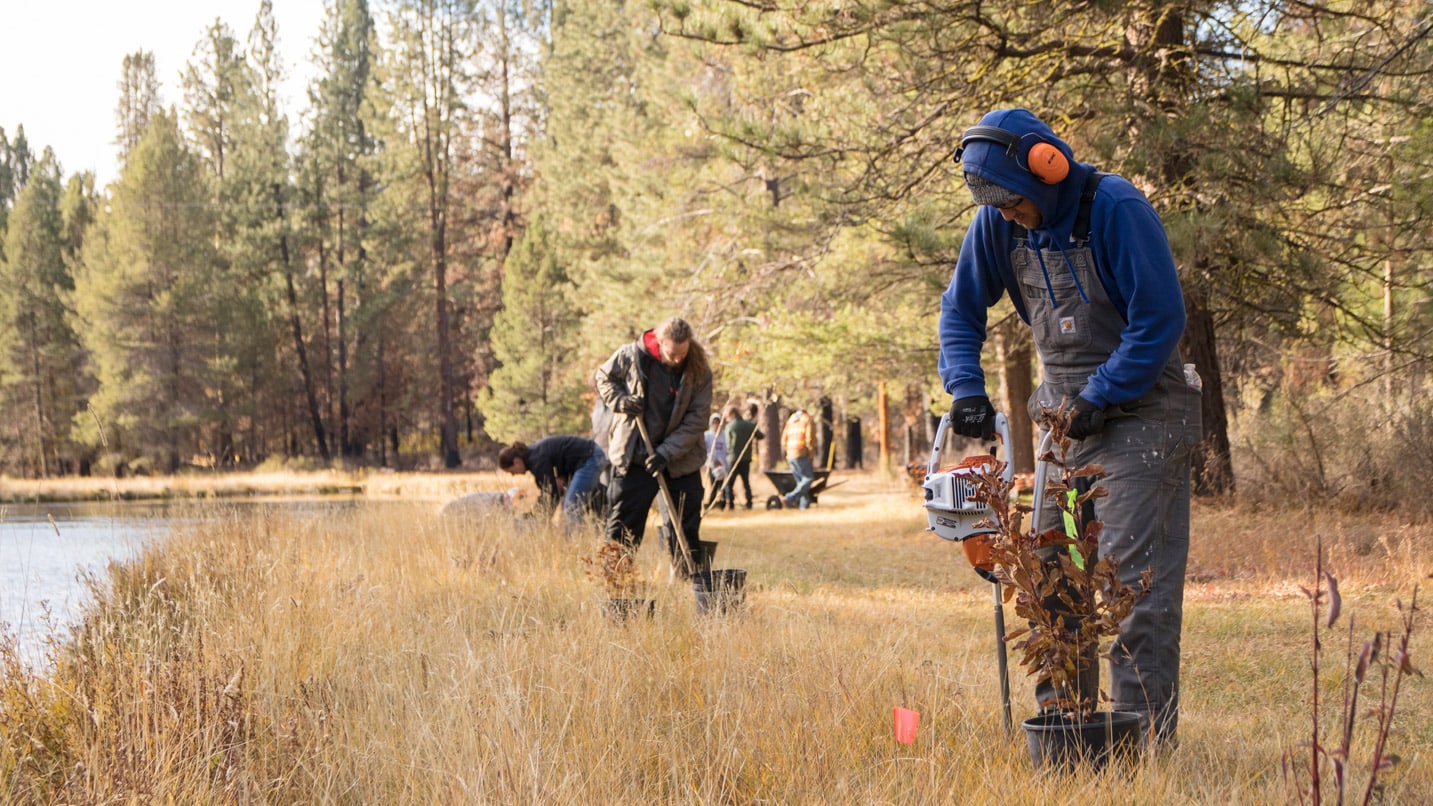
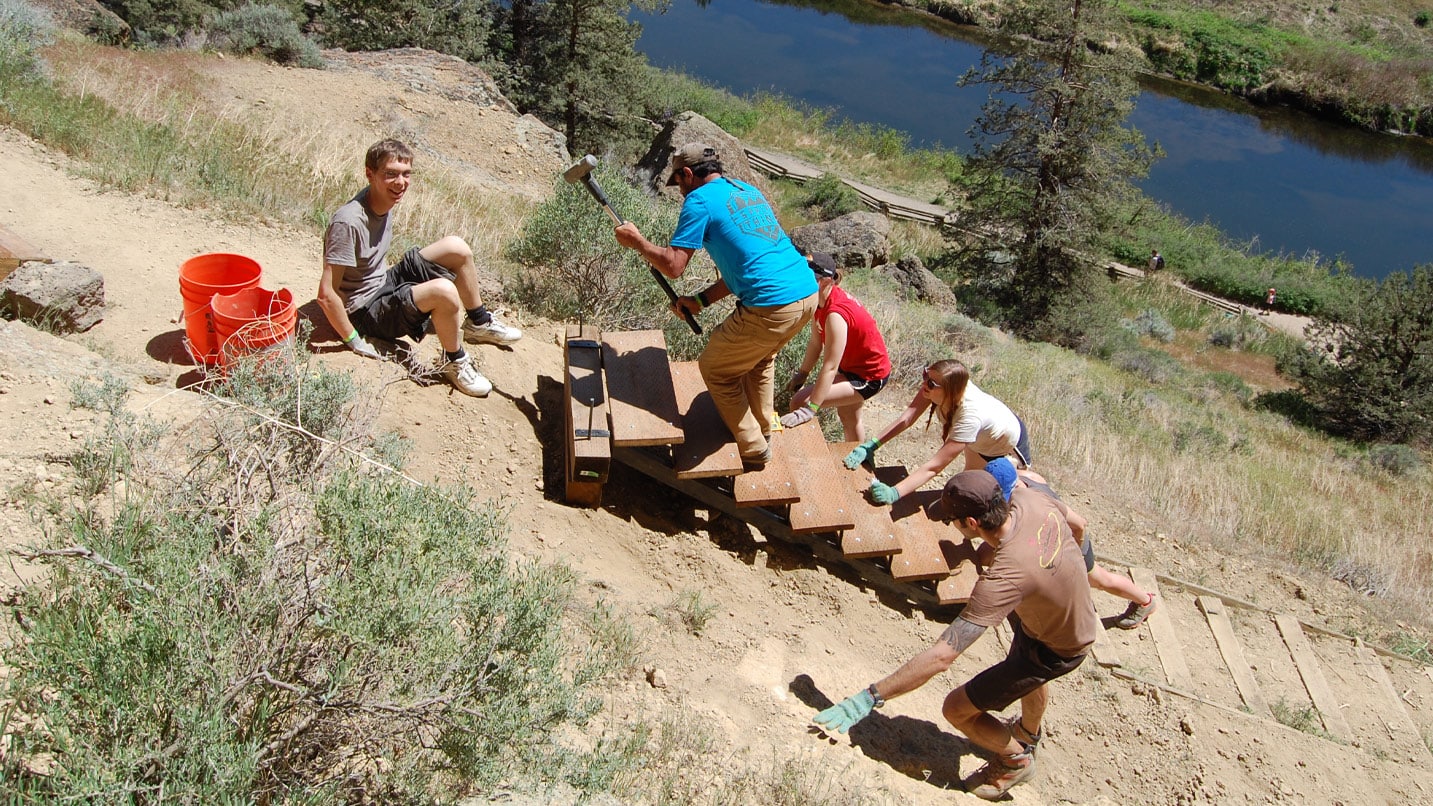
In addition to having fun, visitors can help beautify state parks through regular volunteer events — with plenty of chances to roll up their sleeves in 2022. This year Oregon State Parks is hosting 100 service projects to celebrate the department’s centennial. So far in 2022, those projects have included trail-building work parties at Silver Falls State Park near Salem and wildlife-corridor improvements at Harris Beach State Park near Brookings. For more ways to get involved, check out Oregon State Parks’ volunteer opportunities. (You can also snag a Centennial T-shirt, mug, beanie, beach towel or other piece of branded merch to support the parks.)
Several other centennial events will take place all year long — but be sure to mark your calendar for a community picnic on June 4, 2022, at Sarah Helmick State Recreation Site to celebrate the very first state park in Oregon.
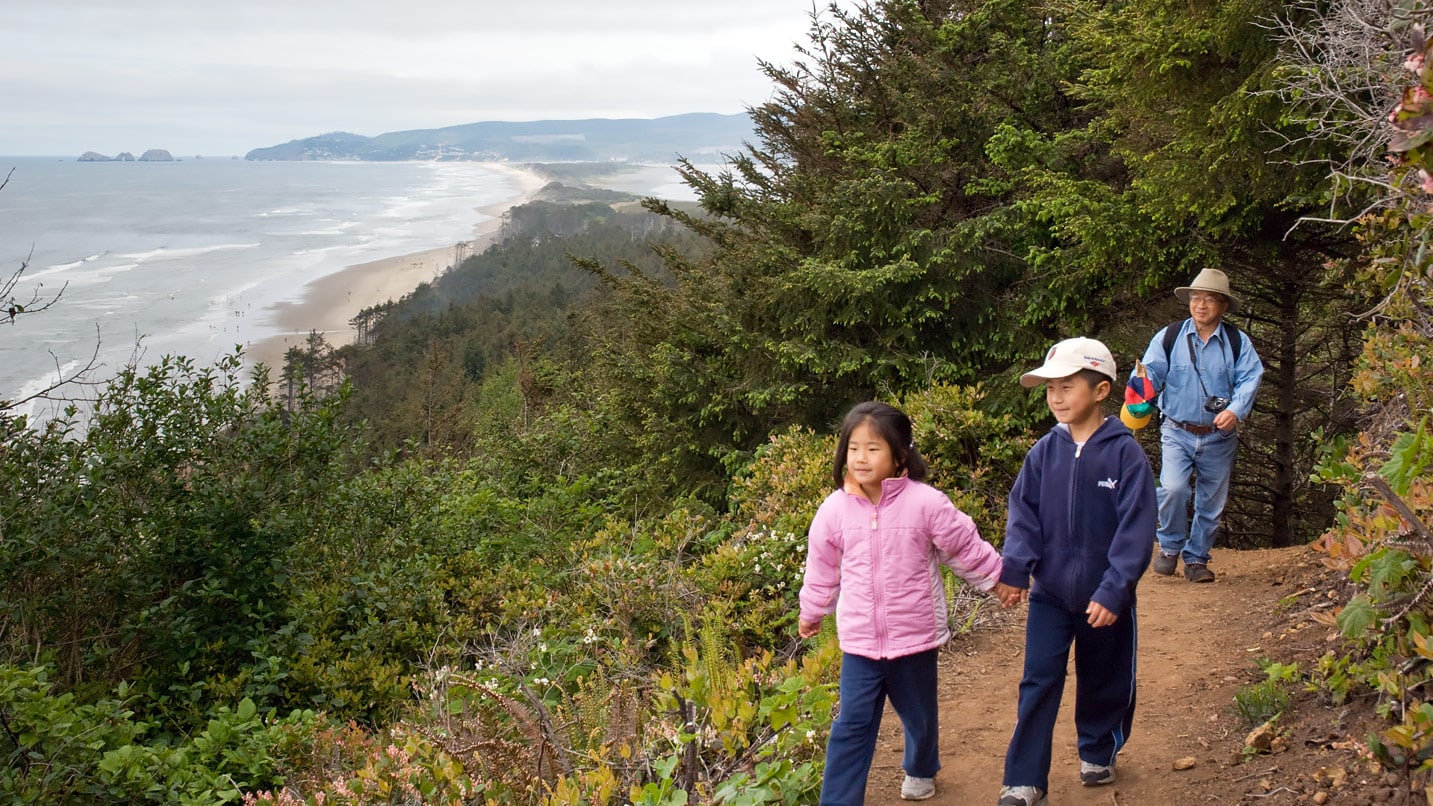
The Oregon Coast Is Basically One Giant State Park
Oregon Gov. Oswald West laid the groundwork for the creation of state parks in Oregon when, in 1913, he signed a bill into law declaring that the Oregon Coast — all 363 magical miles — be declared a public highway. You can still see sections of an old stagecoach road at Hug Point State Recreation Site at low tide today, for example. But the Coast’s rugged nature and almost complete lack of development brought visitors to the region in droves.
Today the entire Oregon Coast remains free and open to the public (though some parks do charge $5 day-use fees). And while various city, county and federal governments oversee parks up and down the coastline, few can match the titanic Oregon State Parks network, which manages roughly 90 park sites along the Oregon Coast and into the Coast Range, from Fort Stevens State Park at the mouth of the Columbia River to Crissey Field State Recreation Site at the state’s southern border.
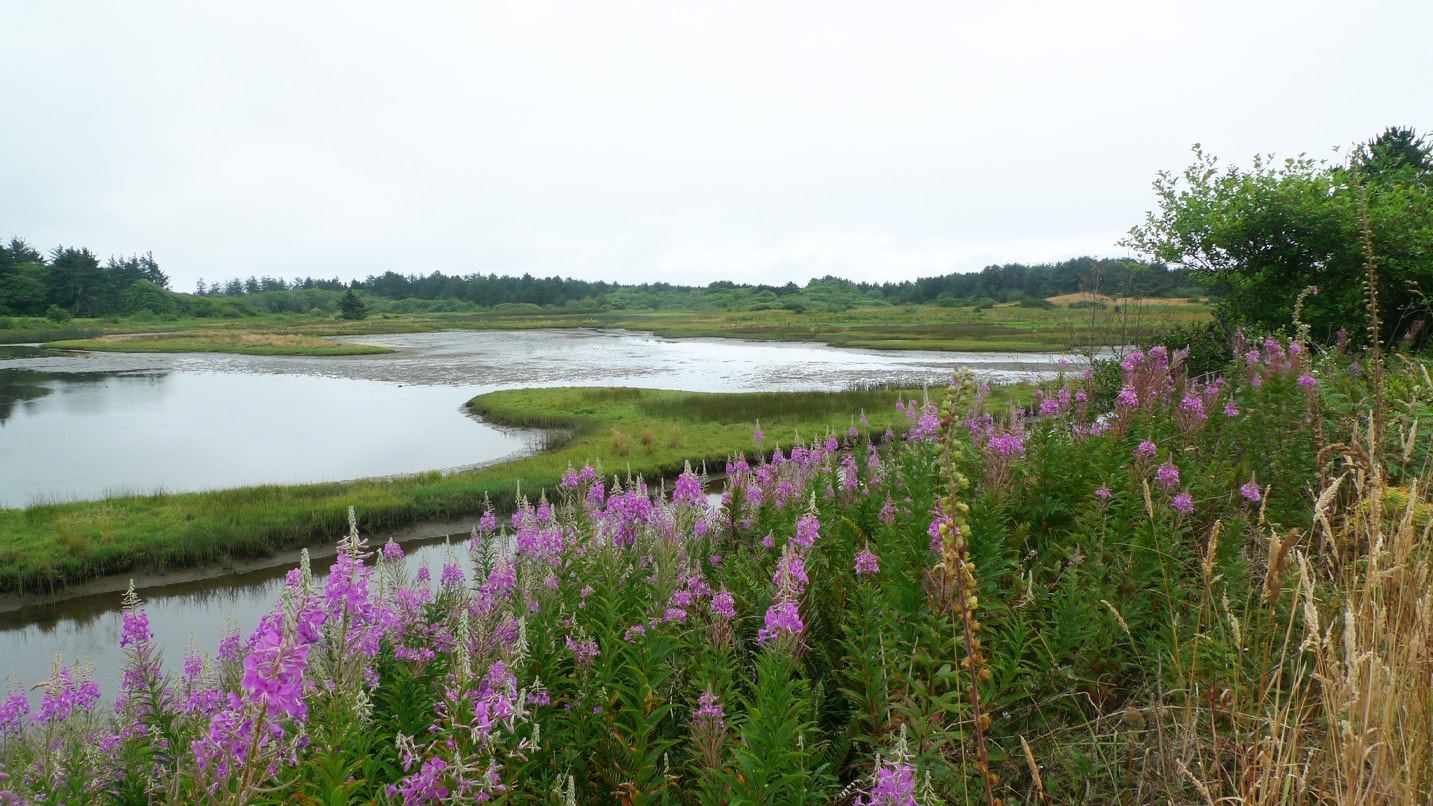
While efforts to preserve the Oregon Coast for visitors started more than a century ago, they continue today. One of Oregon’s newest state parks is Sitka Sedge State Natural Area, which opened in July 2017 just north of Pacific City. Following roughly 3 miles of mostly flat hiking trails, visitors can see tidal flats, marshland and wetland forests (not to mention elk, shorebirds and other wildlife) alongside coastal views that extend from Haystack Rock in the south to Cape Lookout in the north.
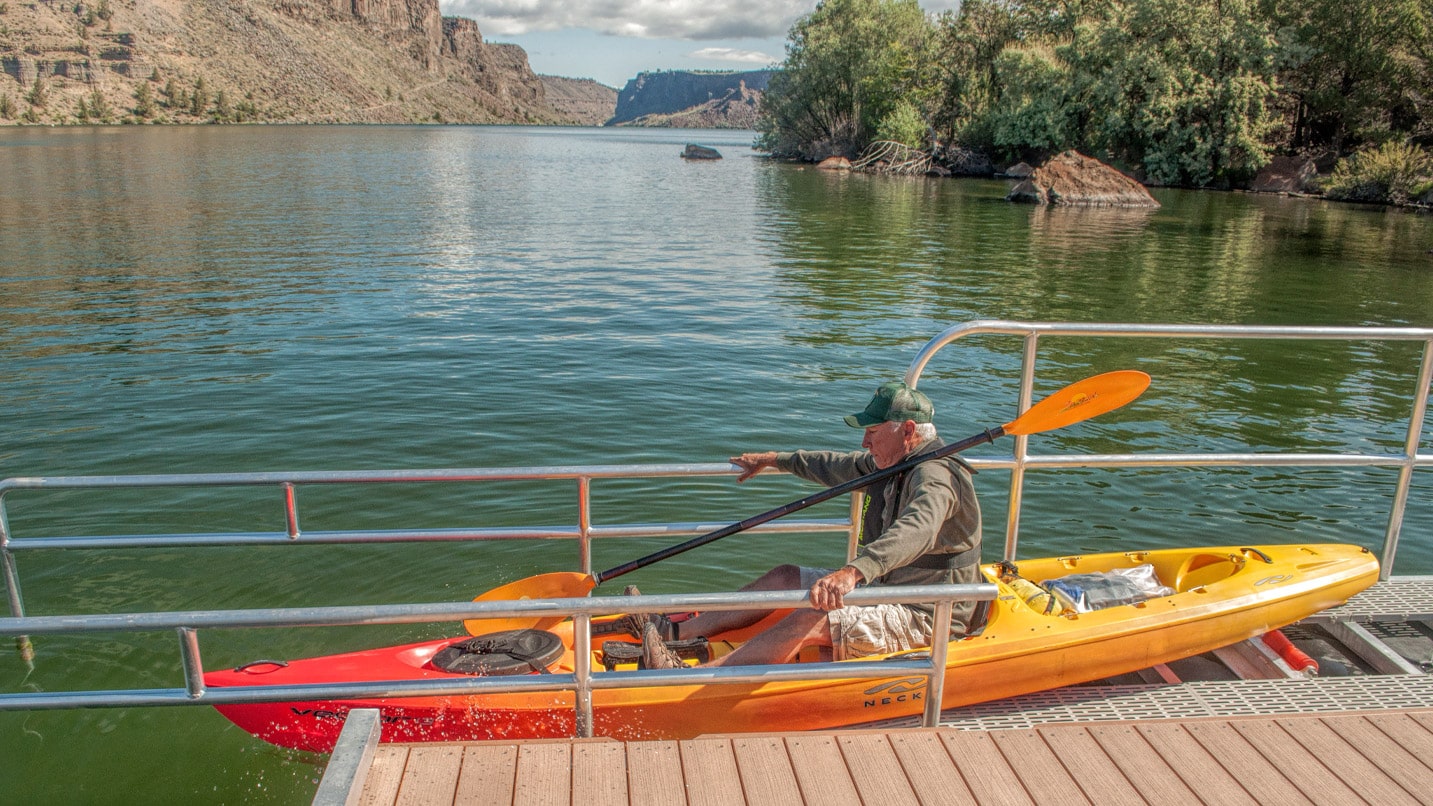
Oregon State Parks Works to Reach Visitors of All Backgrounds
Oregon State Parks has worked in recent years to remove physical barriers for visitors in wheelchairs. The department’s Americans with Disabilities Act Transition Plan (released in 2021) has identified nearly 5,000 barriers to accessibility throughout the system. Work to address those began in July 2021 and will continue over the next 25 years.
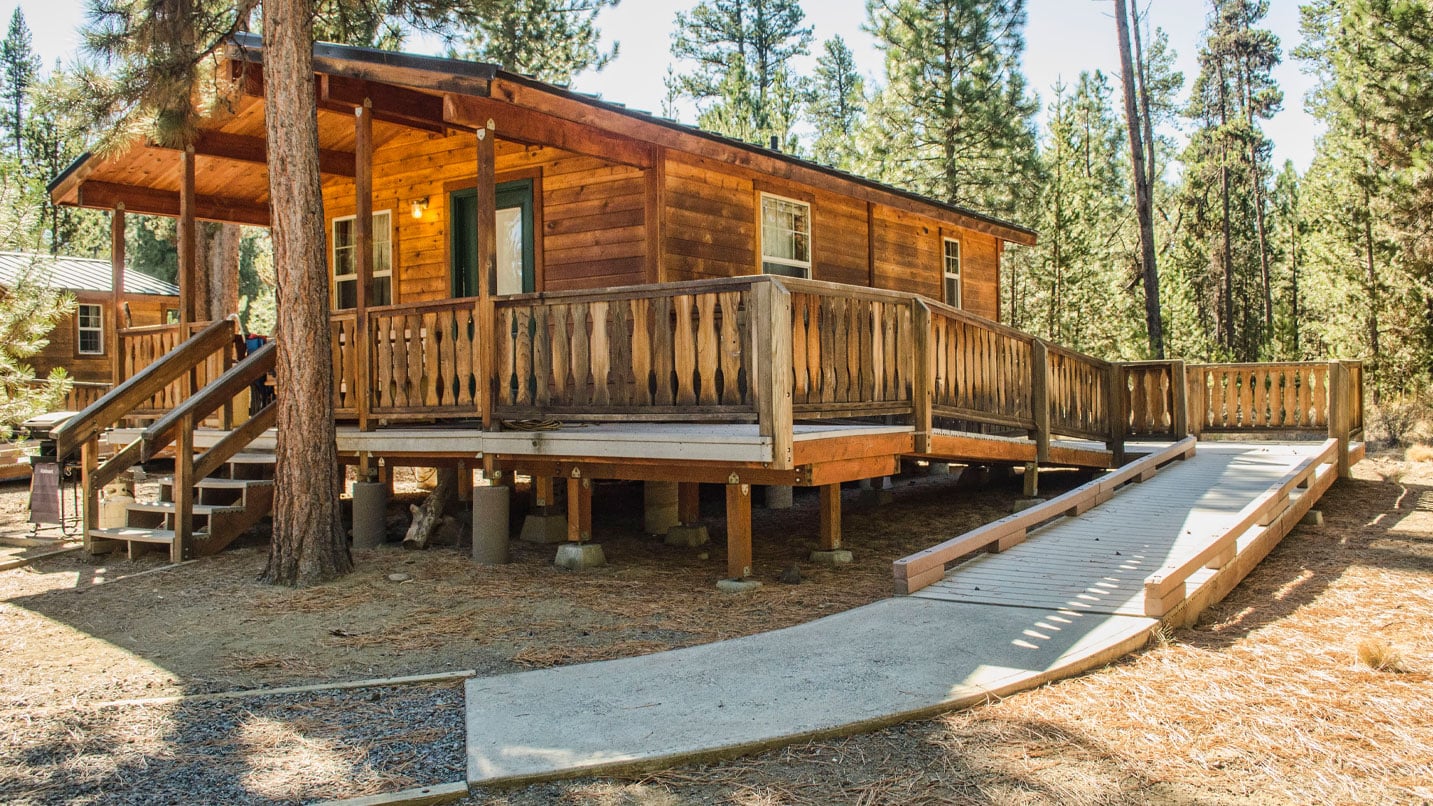
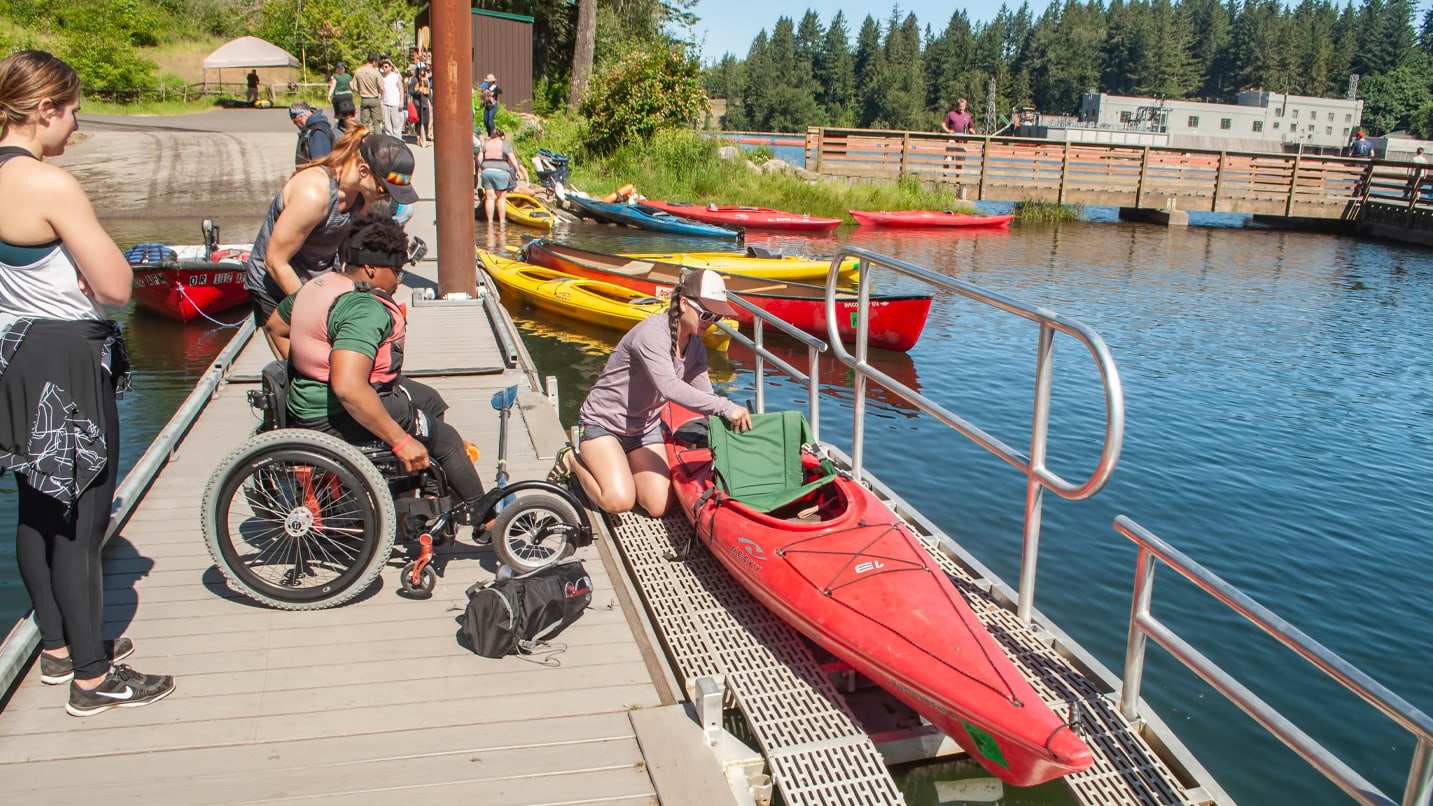
That means constructing ADA-friendly yurts and cabins with accessible parking, restrooms and ramps at campgrounds throughout the state. LaPine State Park, just north of La Pine in Central Oregon, hosts five deluxe log cabins and one rustic cabin that are all accessible to campers with disabilities. Cape Blanco State Park, based at the westernmost point in Oregon near Bandon, also hosts six ADA-friendly campsites and one yurt. Farther inland, visitors can also check out sections of the mostly paved, 21-mile Banks-Vernonia State Trail, which traces the path of a converted railroad bed. (Note that occasional steep inclines may be difficult for those in wheelchairs, but the sections around the communities of Banks and Vernonia are mostly flat.)
And there’s more to look forward to. Oregon State Parks has also launched the Park Explorer Series, which offers small-group camping trips for certain groups that are underrepresented in the outdoors. These include racial and ethnic minorities, those with disabilities, LGBTQ campers and those with limited incomes. Watch for opportunities to come.
